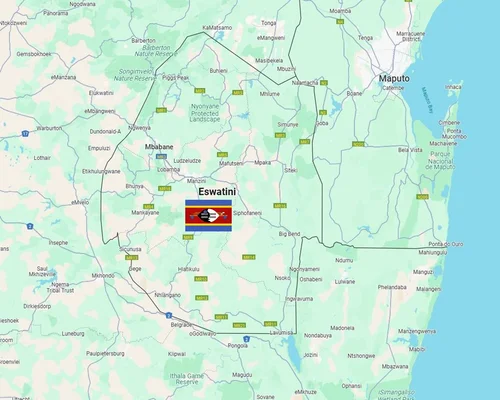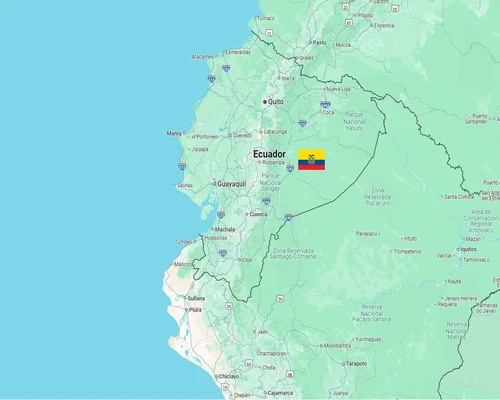
Fact About Angola
Information about Angola
Angola is a country in southwestern Africa, known for its rich culture, natural resources, and diverse landscape. It is a major oil and diamond producer. Below are some important facts about Angola:
Basic information:
Capital: Luanda.
Location: In southwestern Africa, on the shores of the Atlantic Ocean.
North: Democratic Republic of the Congo
East: Zambia
South: Namibia
West: Atlantic Ocean.
Area: 1,246,700 square kilometers, making it one of the largest countries in Africa.
Population: About 36 million (as of 2023).
Language:
Official language: Portuguese.
Local languages: Umbundu, Kikongo, Chokwe.
Currency: Angolan kwanza.
Religion:
Christianity (mainly Roman Catholic) is the majority.
Some traditional religions are also prevalent.
History:
Colonial rule:
Angola became a Portuguese colony in 1575 and gained independence in 1975.
Independence and civil war:
Immediately after independence (1975–2002), the country was the victim of a prolonged civil war.
After the civil war, the country focused on economic reconstruction.
Economy:
Main resources:
Oil: The mainstay of the country economy. Angola is the second largest oil producer in Africa.
Diamonds: One of the largest diamond producers in the world.
Agriculture:
Main products: Coffee, sugar, cotton, and cassava.
Agriculture is focused on food production as well as export.
Other industries:
Fishing, wood processing, and construction are important.
Geography and climate:
Geography:
Mountains in the north and center of the country and desert in the south.
Important rivers: Cuanza, Cuango, and Luana.
Coastal areas with beaches and ports along the Atlantic Ocean.
Climate: Hot and humid in coastal areas.
Dry and warm inland.
Culture and heritage: Culture: A mixture of Portuguese and local African cultures.
Music and dance: Kuduro and Semba are popular Angolan dance styles.
Language and literature: Portuguese literature is rich, with themes of war and independence.
Sports: Football: The country most popular sport.
Angola also leads Africa in basketball.
Tourist attractions: Luanda: The country economic and cultural center.
Modern architecture is complemented by historic buildings.
Kalandula Falls: One of the largest waterfalls in Africa.
Namib Desert: A desert in the southern part of the country.
Bicoa National Park:
Famous for wildlife and nature observation.
Health and Education:
Health:
Angola is a developing country, with limited healthcare.
Malaria, HIV/AIDS, and waterborne diseases are major health problems.
Education:
Despite increasing literacy rates, the country still faces low literacy rates and limited school infrastructure.
Distinctive features:
Oil and diamond wealth:
Despite being a strong sector of the economy, income inequality is a major problem.
Reconstruction and development:
As a post-war country, Angola is focused on rebuilding its infrastructure and public life.
Natural beauty:
The country attracts tourists for its natural diversity.
Conclusion:
Angola is a country with rich natural resources and a diverse culture. Despite the challenges of post-war, the country is rapidly moving towards economic development. Tourism, natural resources, and cultural diversity have placed Angola in an important position on the world map.



























